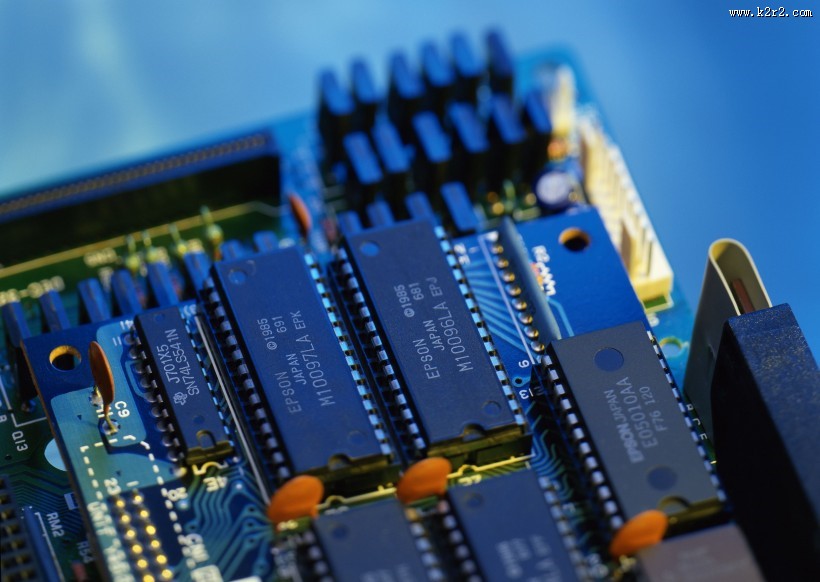EAS (Electronic Article Surveillance), also known as the electronic product anti-theft (theft) system, is one of the commodity safety measures widely used in the large-scale retail industry.

Goods in supermarket retail stores can generally be divided into two categories. One category is "soft" goods, such as clothing, shoes, hats, knitwear, which are generally protected by hard tags and can be reused; the other is "hard" goods, such as cosmetics, food, shampoo, etc. Label protection, degaussing at the cash register, generally used once. For hard tags, various types of anti-theft systems protect the type of goods. However, for the soft label, due to the influence of metal objects, the difference is great.
EAS system composition
EAS (Electronic Article Surveillance), also known as the electronic product anti-theft (theft) system, is one of the commodity safety measures widely used in the large-scale retail industry. EAS was launched in the United States in the mid-1960s. It was originally used in the apparel industry. It has now expanded to more than 80 countries and regions around the world, and its application has also expanded to department stores, supermarkets, and book businesses, especially in large-scale supermarkets (warehouses). Get full development.
The EAS system is mainly composed of three parts: a detector, a Deactivator, and an Electronic Label Landtag. Electronic tags are divided into soft tags and hard tags. Soft tags have low costs and are directly attached to more “hard” goods. Soft tags cannot be reused. Hard tags have higher one-time costs than soft tags but can be reused. Hard tags must be equipped with special nail removers, which are mostly used for soft and easily penetrating articles of clothing.
The decoder is mostly a non-contact device and has a certain decoding height. When the cashier picks up the cash or bag, the electronic tag can be decoded without touching the degaussing region. There is also a device that combines a decoder and a laser bar code scanner together so that the receipt and decoding of goods can be completed at one time, which is convenient for the cashier. In this way, it is necessary to cooperate with the laser bar code supplier to exclude the two. Interference, increase decoding sensitivity. Undecoded merchandise belts leave the store and trigger an alarm when passing through a detector device (mostly in the form of a door), thereby prompting cashiers, customers, and store security personnel to deal with it in a timely manner.
The anti-theft tag is an important part of the entire electronic anti-theft system. The performance of the anti-theft tag affects the performance of the entire anti-theft system. Some labels are vulnerable to moisture; some cannot be bent; some labels can be easily concealed in the product's packaging; some cover useful description text on the merchandise, and so on.
EAS system detection signal carrier
As far as the EAS system detects signal carriers, there are already six or seven different principles of the system. Since the characteristics of the detection signal carrier are different, the performance of the various principles put into the system is also very different. So far, the six types of EAS systems that have emerged are, in turn, electromagnetic wave systems, microwave systems, radio/radio frequency systems, frequency division systems, self-alarm intelligence systems, and acoustic and magnetic systems.
Electromagnetic waves, microwaves, and radio/RF systems came out earlier, but due to the limitations of their principles, there has been no major increase in performance. For example, although the microwave system has a wide protection outlet and can be easily and flexibly installed (such as concealed under a carpet or suspended on a ceiling), the lack of liquids such as human body shielding has gradually withdrawn from the EAS market.
The frequency division system only has a hard tag, which is mainly used for the protection of clothing and apparel, and can not be used in supermarkets; the self-alarm intelligence system is mainly used for valuable items such as high-end fashion, leather, fur coats, etc.; acoustic and magnetic systems are an electronic anti-theft technology Major breakthroughs have made EAS misreporting better. Since its launch in 1989, it has become a favorite electronic anti-theft system for many retailers around the world. The EAS system performance evaluation indexes include system detection rate, system false alarms, resistance to environmental disturbances, degree of shielding by metal objects, width of protection, types of products to be protected, performance/size of anti-theft tags, and degaussing equipment.
The future direction of EAS
Future EAS development focuses on two aspects: First, Source Tagging, and the other is SmartID. Because SmartID is affected by its technological maturity and price factors, it will not be used directly by users.
The source tagging program is actually an inevitable result of businesses in order to reduce costs, improve management, and increase profits. The most troublesome use of the EAS system is the application of electronic tags on various products, which increases the difficulty of management. The best way to solve this problem and the final solution is to transfer the labeling work to the manufacturer of the merchandise, and put the anti-theft label in the merchandise or package during the production process of the merchandise. The source tag is actually the result of collaboration between the vendor, the manufacturer, and the manufacturer of the anti-theft system. Source tags increase the number of goods that can be opened for sale, and bring more convenience to customers. In addition, the placement of tags is more concealed, the possibility of being destroyed is reduced, and theft-proof efficiency is improved.



